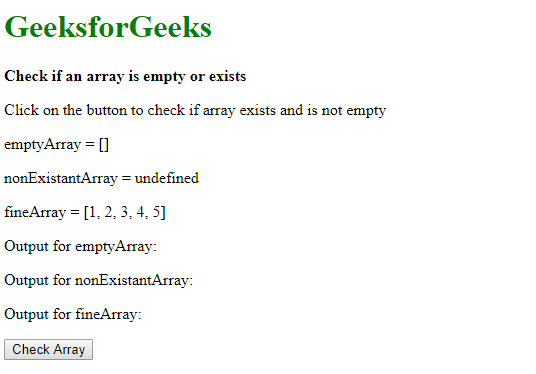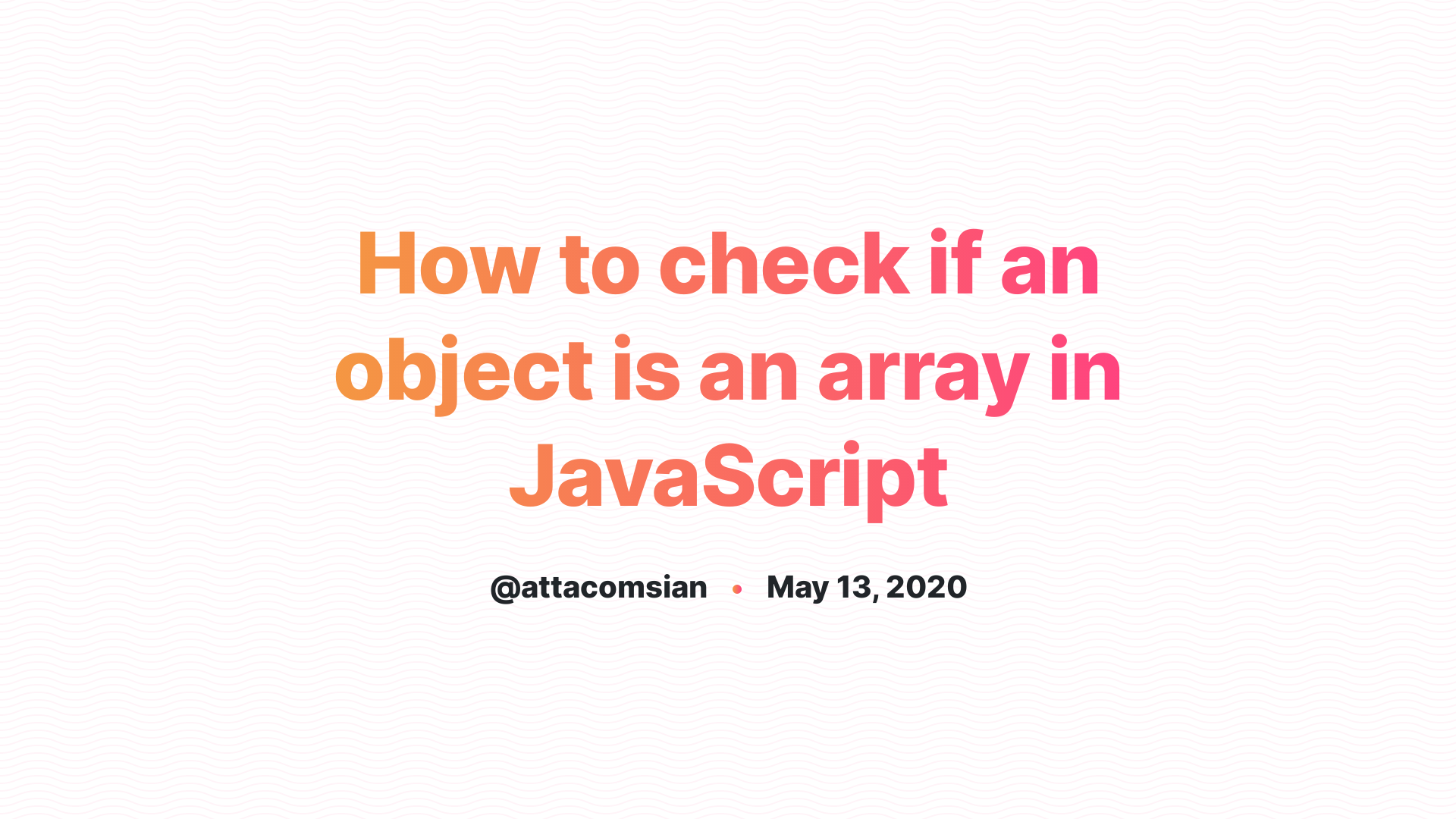

It only expects the this value to have a length property and integer-keyed properties.


Some() acts like the "there exists" quantifier in mathematics. Otherwise, if callbackFn returns a falsy value for all elements, some() returns false. If such an element is found, some() immediately returns true and stops iterating through the array. It calls a provided callbackFn function once for each element in an array, until the callbackFn returns a truthy value. The some() method is an iterative method. Object.prototype._lookupSetter_() Deprecated.Object.prototype._lookupGetter_() Deprecated.Object.prototype._defineGetter_() Deprecated.

filter() function without bothering for the expected browser support. filter() function is supported by all the browsers even including the Internet Explorer. See what the various ways of removing a JavaScript array element are, whether it’s at the start, end, or somewhere in between. If element is found, the returned array will contain the required elements, else an empty array will be returned by the function. filter() returns an array containing the elements satisfying the conditions mentioned in the arrow function. Unlike the array search functions we have seen so far, the. Method 3: Array.some() To check if a value exists in a JavaScript array using Array. The arrow function will have the keyword as input and the current iteration as index. That's how you can use Array.indexOf() to check for the existence of a value in a JavaScript array. filter() function executes the arrow function on each element of the array and returns the elements that satisfy the conditions mention ins the arrow function. The arrow function will be holding the filter criteria. The Array.filter() function accepts an inline function or arrow function as a parameter.


 0 kommentar(er)
0 kommentar(er)
